近日, 在德国开姆尼茨市,中国著名生态环保艺术家王馨曼的保护生物多样性主题系列艺术作品在德国开姆尼茨工业博物馆展出。此展览主要展出了第八届国际玛丽安.勃兰特艺术大赛的46位获奖艺术家作品,该比赛和展览每三年举办一次,展出作品主要来自于全球34个国家的参赛者,46位获奖者由评审委员会评审获胜。此次展览艺术作品通过“连通性与自然建立新关系的实验”展现艺术家探索和发现生物及栖息地和自然存在的合作、美学、诗意和隐喻相互关系。此次展览计划将在德国及欧洲各国巡回展出一年。

第8届国际玛丽安-勃兰特艺术大赛提名奖作品-王馨曼装置艺术作品
The 8th International Marianne Brandt Art Competition Nomination Prize – Sophia Xinman Wang Installation Artwork
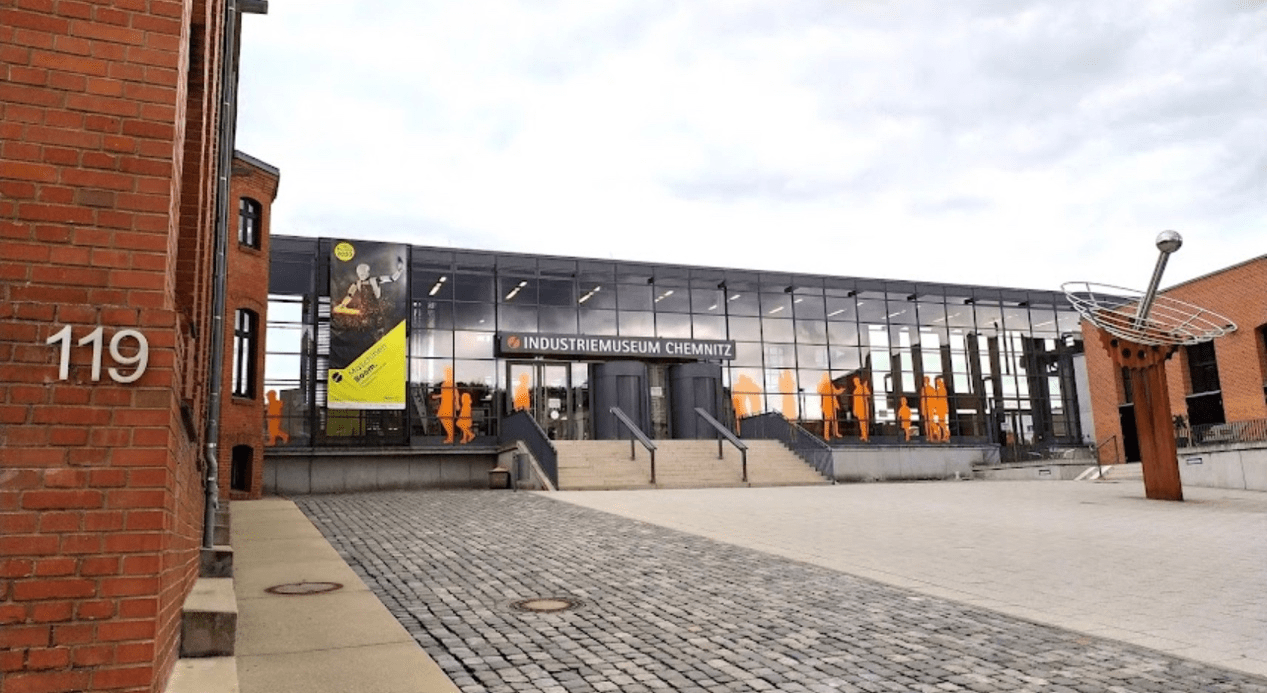
德国开姆尼茨工业博物馆
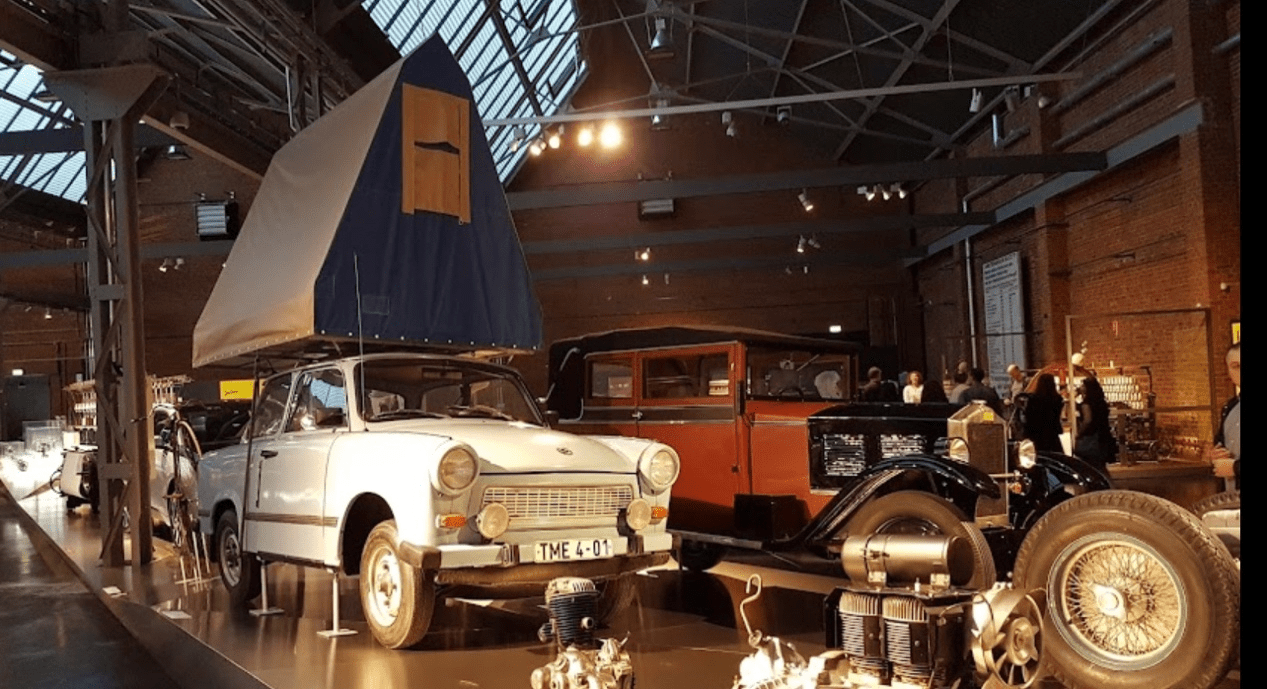
德国开姆尼茨工业博物馆

第8届国际玛丽安-勃兰特艺术大赛提名奖作品- 王馨曼装置艺术作品
The 8th International Marianne Brandt Art Competition Nomination Prize – Sophia Xinman Wang Installation Artwork

第8届国际玛丽安-勃兰特艺术大赛提名奖作品-王馨曼装置艺术作品
The 8th International Marianne Brandt Art Competition Nomination Prize – Sophia Xinman Wang Installation Artwork

第8届国际玛丽安-勃兰特艺术大赛提名奖作品-王馨曼装置艺术作品
The 8th International Marianne Brandt Art Competition Nomination Prize – Sophia Xinman Wang Installation Artwork
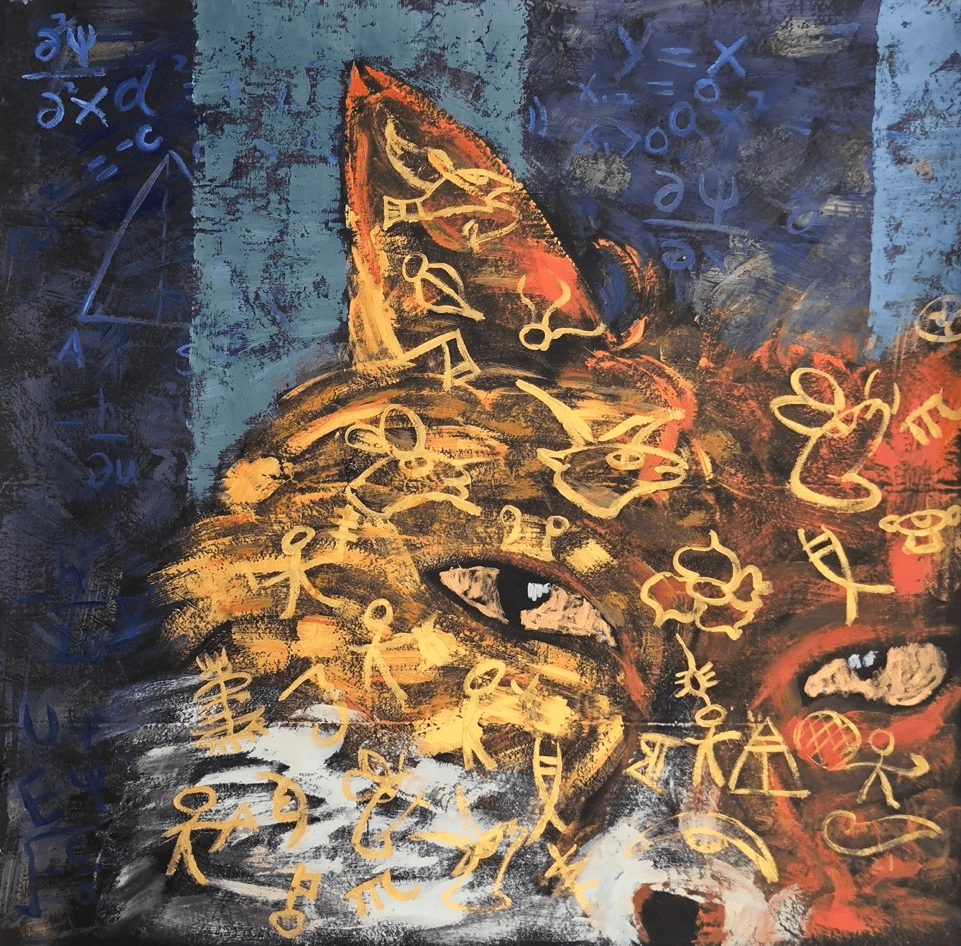
王馨曼/综合材料绘画/100*120cm/ 2021年
Sophia Xinman Wang/Mixed material painting/100*120cm/ 2021

王馨曼/消失的生命系列作品/综合材料绘画/100*120cm/ 2022年
Sophia Xinman Wang/Lost Life Series/Mixed Material Painting/100*120cm/ 2022
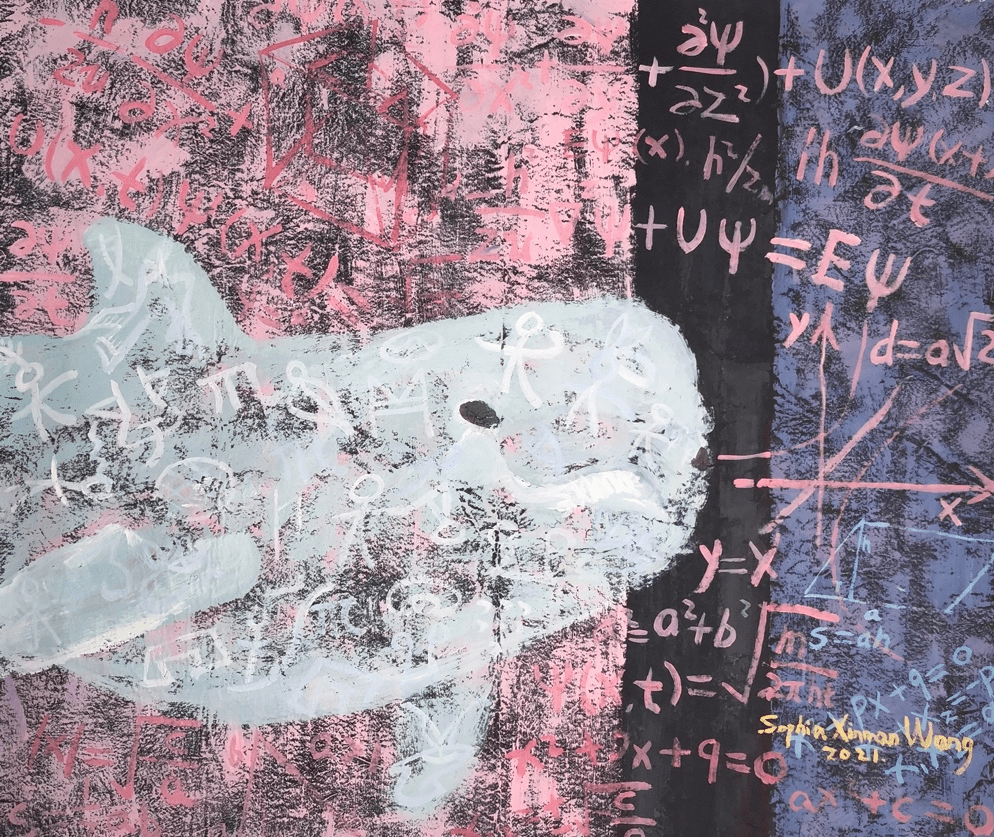
王馨曼/生命与希望系列作品/综合材料绘画/100*120cm/ 2021年
Sophia Xinman Wang /Life and Hope Series/Mixed Material Painting/100*120cm/ 2021
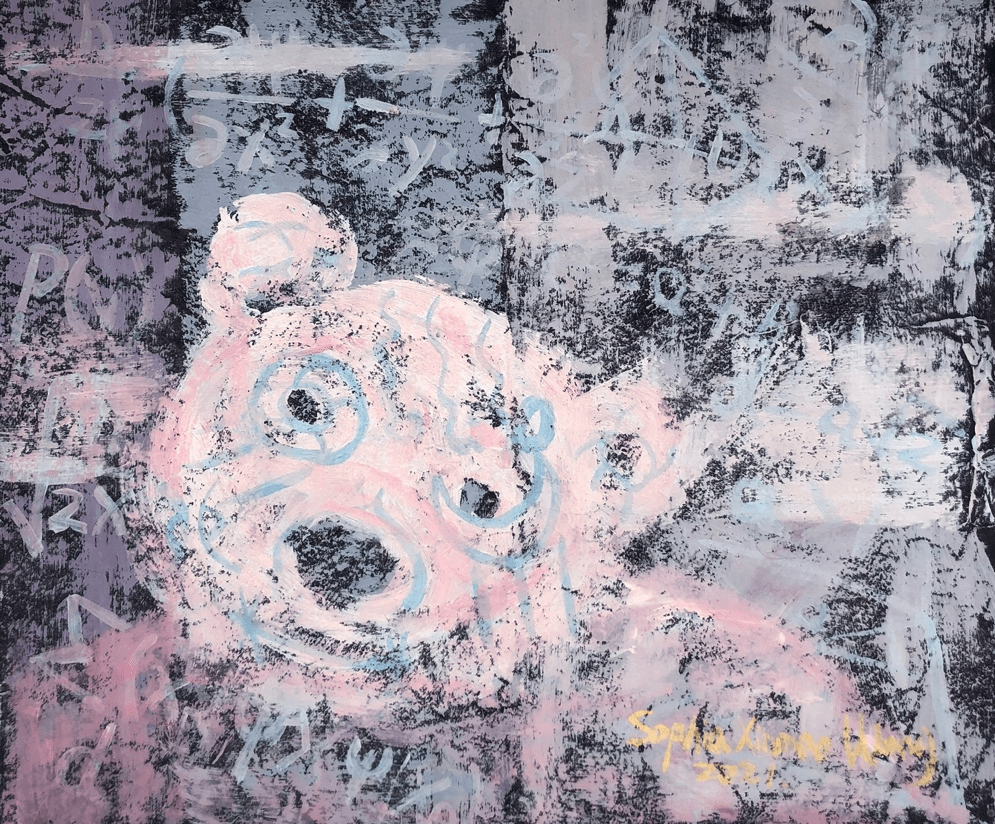
王馨曼/生命与希望系列作品/综合材料绘画/100*120cm/ 2021年
Sophia Xinman Wang/Life and Hope Series/Mixed Material Painting/100*120cm/ 2021

王馨曼/生命与希望系列作品/综合材料绘画/100*120cm/ 2022年
Sophia Xinman Wang/Life and Hope Series/Mixed Material Painting/100*120cm/ 2022
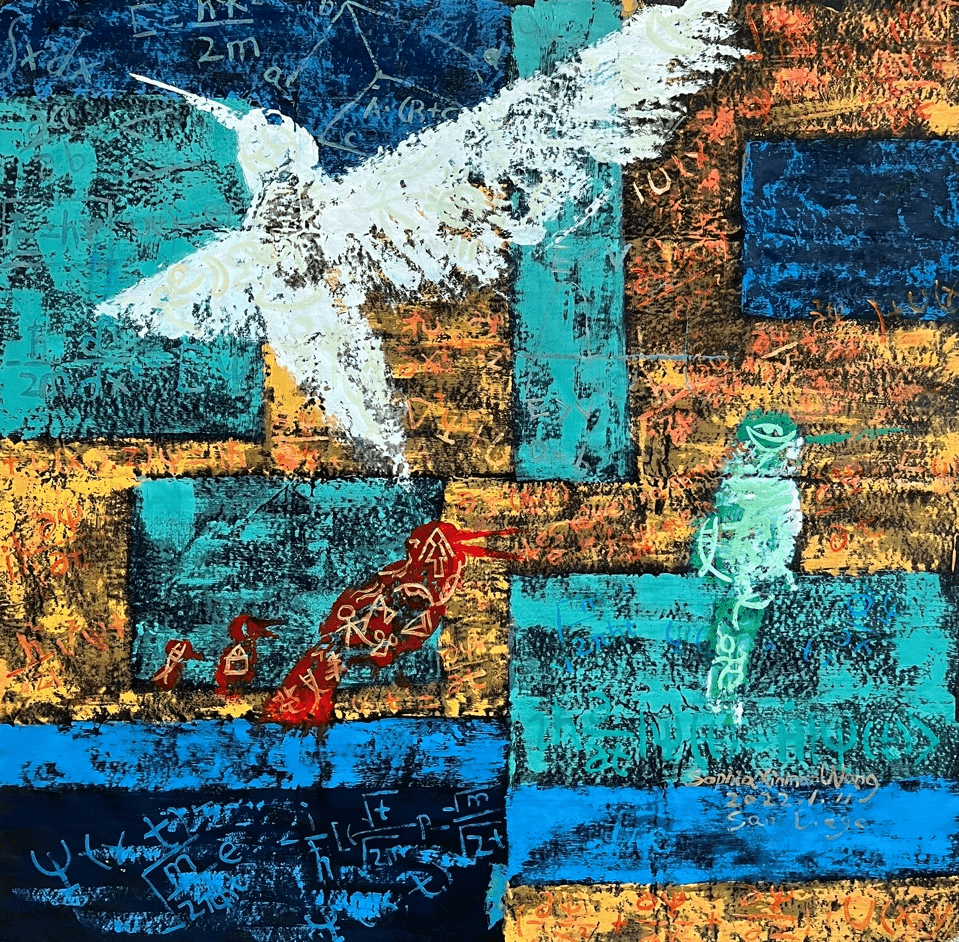
王馨曼/生命与希望系列作品/综合材料绘画/100*120cm/ 2021年
Sophia Xinman Wang/Life and Hope Series/Mixed Material Painting/100*120cm/ 2021
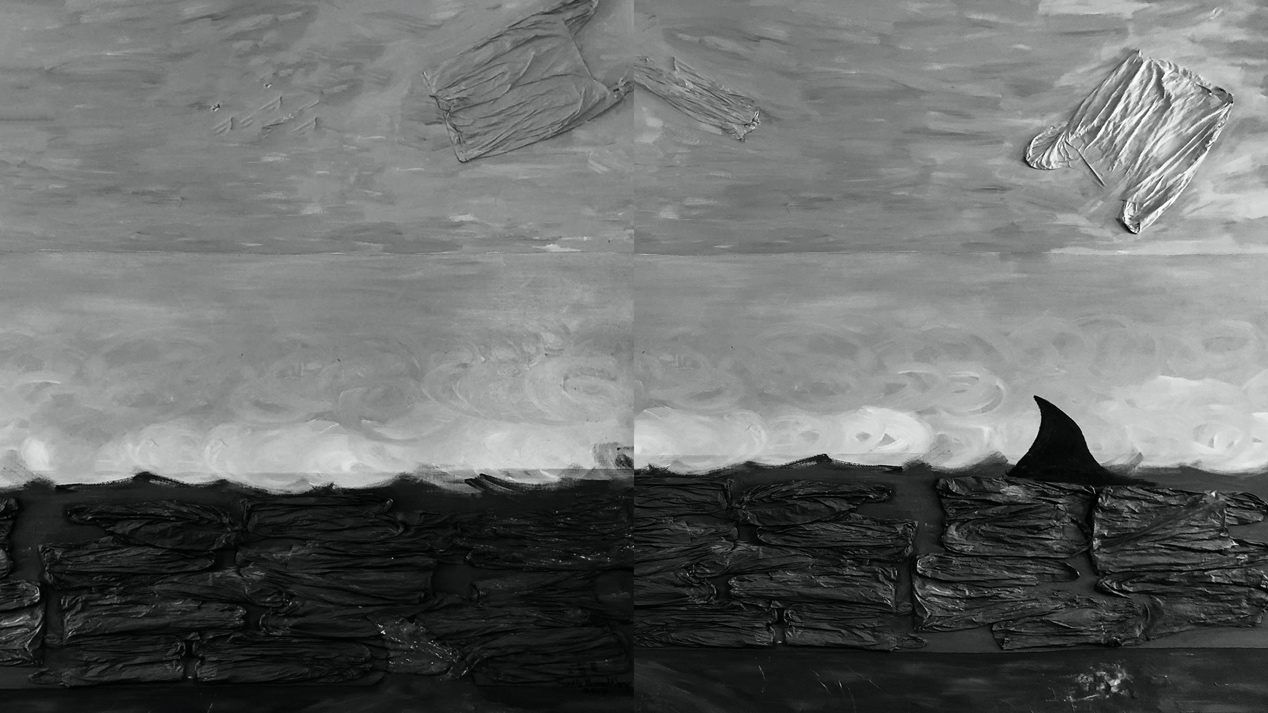
王馨曼/消失的生命系列作品/综合材料绘画/400*190cm/ 2022年
Sophia Xinman Wang / Lost Life Series / Mixed Material Painting / 400*190cm / 2022

王馨曼//消失的生命系列作品//装置艺术//190*100CM//2020-2022
Sophia Xinman Wang // Lost Life Series // Installation Art //190*100CM // 2020-2022
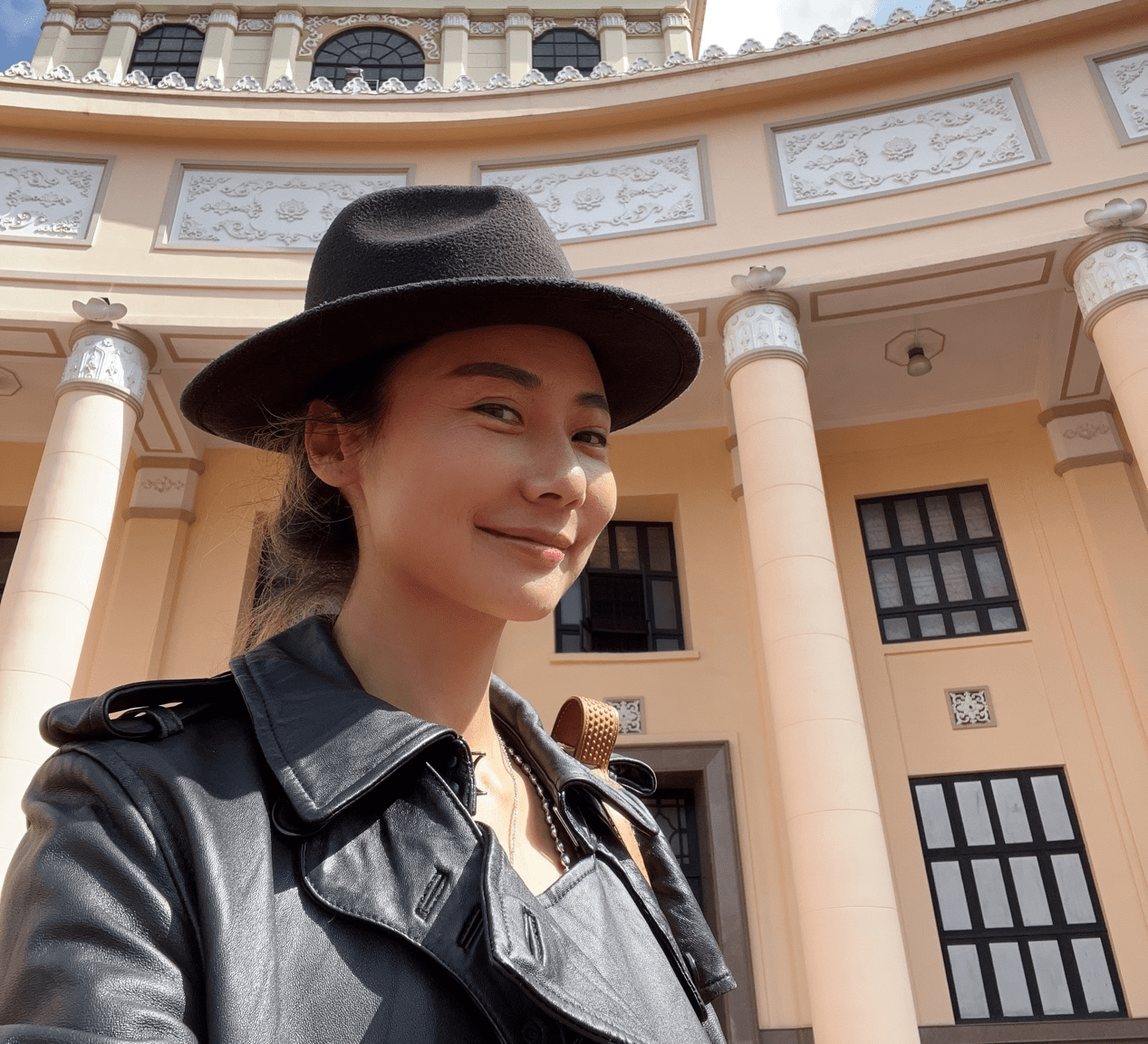
生态艺术家王馨曼 摄于2022年10月 Ecological artist Sophia Xinman Wang in October 2022
生态环保艺术家王馨曼长年专注于保护生物多样性主题的艺术作品,她善于采用回收的旧物材料创作:报纸、塑料袋、饮料瓶、易拉罐、铁丝、不同材质的线、纸箱、杂志、塑料玩具和日常生活用品等材料创作综合材料绘画作品与装置艺术作品。王馨曼作品表达了人类与时间、空间、地域的交集与碰撞。保护生物多样性系列作品呈现了对动物失去栖息地后体内充斥着人类过度消费所丢弃的废弃物的批判;隐喻对地球生物痛苦挣扎和煎熬的生命过程是由人类行为叠加造成的反思。
王馨曼具有艺术、人类学、管理学背景,获得博士学位,国内外多所大学客座教授,热衷于公益事业,通过艺术宣传保护地球濒危物种。馨曼曾经到美国斯坦福大学、纽约艺术学院交流学习,现担任云南省美术家协会重彩画及综合材料艺术委员副主任;UNESCO联合国教科文组织IMAJ“保护地球濒临灭绝物种全球艺术大赛”项目主任;云南高原生态环保基金会首席艺术家;自然与艺术基金会董事等职务。她结合人类对自然破坏行为的探索与反思,通过艺术引发大众对遭受人类欲望和过度物质消费而严重受损的大自然的反思,倡导大众参与保护自然,尊重一切生命,与自然和谐发展。
2017年获得25座博物馆联盟评选的美国艺术家奖;2017年作品参展美国旧金山MOMA艺术博物馆新人线上艺术作品展;2018年作品参展美国“1968-2018新现实主义西方对东方艺术的影响”艺术作品展;2019年作品参展庆祝建国70周年和谐彩云南大型主题创作展;2019年综合材料作品入选国家艺术基金推广项目;2020年获得联合国教科文组织荣誉奖;2021年受聘欧洲联盟资助项目云南低碳学校试点项目指导专家;2022年荣登美国华人杂志封面人物;2022年荣获第八届国际玛丽安.勃兰特艺术大赛提名奖。王馨曼的艺术作品被联合国教科文组织艺术中心、法国国家自然历史博物馆、意大利当代艺术中心、云南美术馆、中华文化中心等机构收藏。
The works of Chinese ecological artist Sophia Xinman Wang are exhibited at the Chemnitz Industrial Museum in Germany
Recently, in Chemnitz, Germany, Sophia Xinman Wang, a famous Chinese eco-environmental artist, exhibited a series of artworks on the theme of biodiversity conservation at the Chemnitz Industrial Museum in Germany. The exhibition mainly exhibited the 8th International Marianne. The 46 winning artists of the Brandt Art Competition, which takes place every three years and exhibits works mainly from 34 countries around the world, with 46 winners won by a jury. Through "Experimentation in Connectivity and New Relationships with Nature," the artworks in this exhibition show the artist's exploration and discovery of the cooperative, aesthetic, poetic, and metaphorical interrelationships between living things, habitats, and natural existence. The exhibition is scheduled to travel throughout Germany and Europe for one year.
Chinese eco-artist Xinman has been focusing on biodiversity conservation for many years, and she is good at using recycled materials: newspapers, plastic bags, beverage bottles, cans, iron wire, threads of different materials, cartons, magazines, plastic toys, woods, and daily necessities. Xinman's works express the intersection and collision of human beings with time, space, and region. The Biodiversity Conservation series presents a critique of the waste that animals discard from overconsumption after they lose their habitat; The metaphor reflects on the painful struggle and suffering of life processes on Earth's creatures because of the superposition of human actions.
Sophia Xinman Wang with a background in art, anthropology, and management, Xinman received a doctorate degree and is a visiting professor in many universities at home and abroad. Xinman has studied at Stanford University and the New York Institute of the Arts, and is currently the project director of UNESCO's IMAJ "Global Art Competition for the Protection of Endangered Species of the Earth"; Chief Artist of Yunnan Plateau Ecological Environmental Protection Foundation; Director of the Nature and Arts Foundation, etc. Combining human exploration and reflection on the destructive behavior of nature, she triggers the public's reflection on the nature that has been seriously damaged by human desire and excessive material consumption through art, and advocates public participation in protecting nature, respecting all life, and developing harmoniously with nature.
In 2017, Sophia Xinman Wang won the American Artist Award from the 25 Museums Alliance; In 2017, her works were exhibited in the MOMA Art Museum of San Francisco's online art exhibition; In 2018, her works were exhibited in the "1968-2018 Neorealist Western Influence on Eastern Art" art exhibition in the United States; In 2019, her works participated in the large-scale theme creation exhibition in Yunnan to celebrate the 70th anniversary of the founding of the People's Republic of China; In 2019, the mixed material works were selected as the promotion project of the National Arts Fund; received the UNESCO Honorary Prize in 2020; In 2021, Xinman was hired as a guiding expert for the Yunnan low-carbon school pilot project funded by the European Union; In 2022, she was featured on the cover of Chinese American magazine; In 2022, Xinam won the 8th International Marian Ann. Brandt Art Competition Nomination Award. Sophia Xinman Wang's artworks have been collected by UNESCO Art Center, French National Museum of Natural History, Italian Center for Contemporary Art, Yunnan Art Museum, Chinese Cultural Center, and other institutions